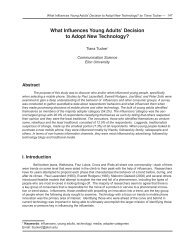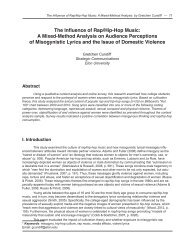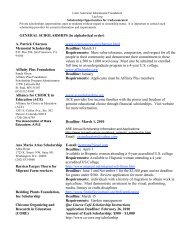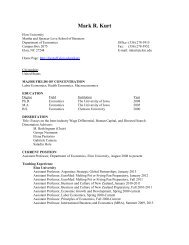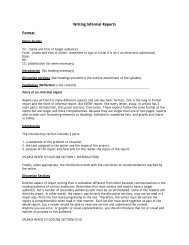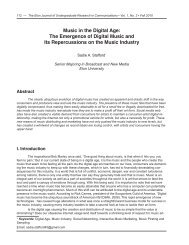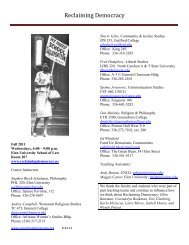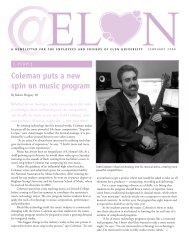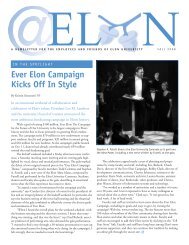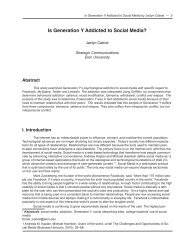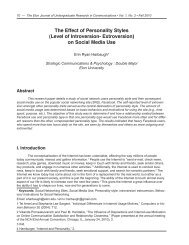In the Supreme Court of the United States In the Supreme Court of ...
In the Supreme Court of the United States In the Supreme Court of ...
In the Supreme Court of the United States In the Supreme Court of ...
You also want an ePaper? Increase the reach of your titles
YUMPU automatically turns print PDFs into web optimized ePapers that Google loves.
F.3d at 7 (commenting that Congress found § 5845 weapons “lacking in lawful purposes”);<br />
Staples, 511 U.S. at 626 (Stevens, J., dissenting) (“Congress <strong>the</strong>refore could reasonably presume<br />
that a person found in possession <strong>of</strong> an unregistered machinegun or sawed-<strong>of</strong>f shotgun intended<br />
to use it for criminal purposes.”).<br />
Since <strong>the</strong> creation <strong>of</strong> <strong>the</strong> National Firearms Act in 1934, Congress has viewed <strong>the</strong><br />
possession <strong>of</strong> a sawed-<strong>of</strong>f shotgun as a reliable predictor <strong>of</strong> future violence. See NFA Hearing at<br />
111 (Statement <strong>of</strong> Congressman Fuller) (“If a man is carrying that type <strong>of</strong> weapon, . . . he ought<br />
to be taken into custody anyway, because we know he is carrying it for an unlawful purpose; I<br />
am referring to such a weapon as a sawed-<strong>of</strong>f shotgun or machinegun, or a silencer.”).<br />
The <strong>United</strong> <strong>States</strong> Sentencing Guidelines also serve as persuasive authority that <strong>the</strong><br />
possession <strong>of</strong> an unregistered sawed-<strong>of</strong>f shotgun is a violent felony. Under congressional<br />
mandate, <strong>the</strong> USSC drafted a sentencing guide section addressing armed career criminals. 28<br />
U.S.C. § 994(h) (2006). The guideline refers to crimes <strong>of</strong> violence ra<strong>the</strong>r than violent felonies,<br />
but includes a residual clause that mirrors <strong>the</strong> ACCA. U.S. Sentencing Guidelines Manual §<br />
4B1.2 (2009). Although <strong>the</strong> ACCA’s definition <strong>of</strong> violent felony and <strong>the</strong> USSC Guidelines<br />
definition <strong>of</strong> “crimes <strong>of</strong> violence” are similar, <strong>the</strong> Commission’s predicate felony determinations<br />
do not bind this <strong>Court</strong>. James, 550 U.S. at 207. Never<strong>the</strong>less, this <strong>Court</strong> is justified in turning to<br />
<strong>the</strong> Commission for guidance when applying <strong>the</strong> ACCA’s provisions. See id. (basing <strong>the</strong> holding<br />
in part on <strong>the</strong> USSC having reached a similar conclusion); Chambers, 555 U.S. at 129 (using<br />
research conducted by <strong>the</strong> Commission to assess risk). This <strong>Court</strong>, in James v. <strong>United</strong> <strong>States</strong>,<br />
relied on <strong>the</strong> Sentencing Commission because <strong>the</strong> Commission “is better able than any<br />
individual court to make an informed judgment about <strong>the</strong> relationship between a particular<br />
22




